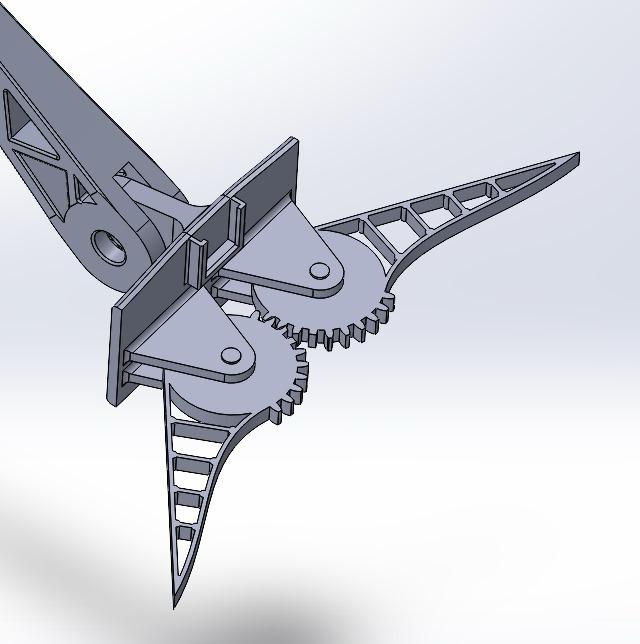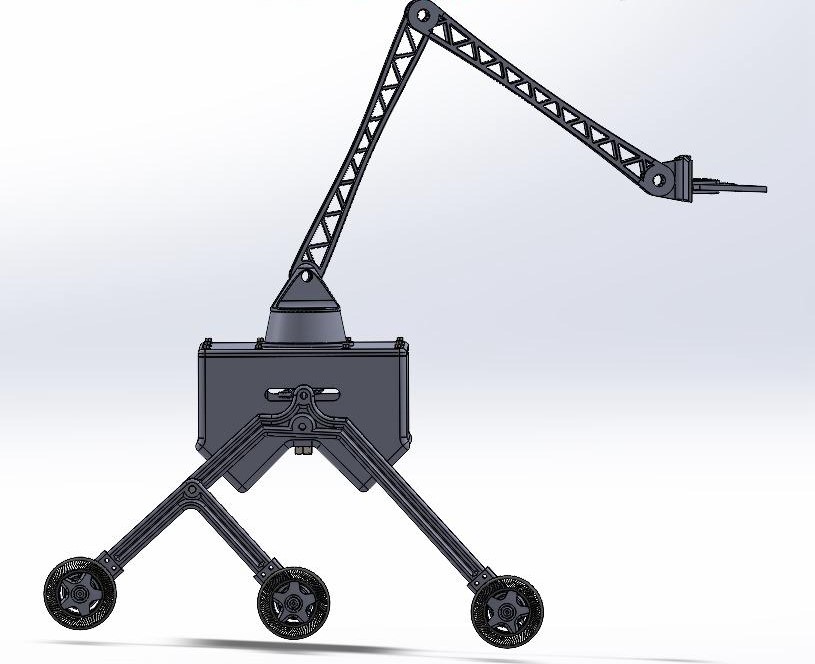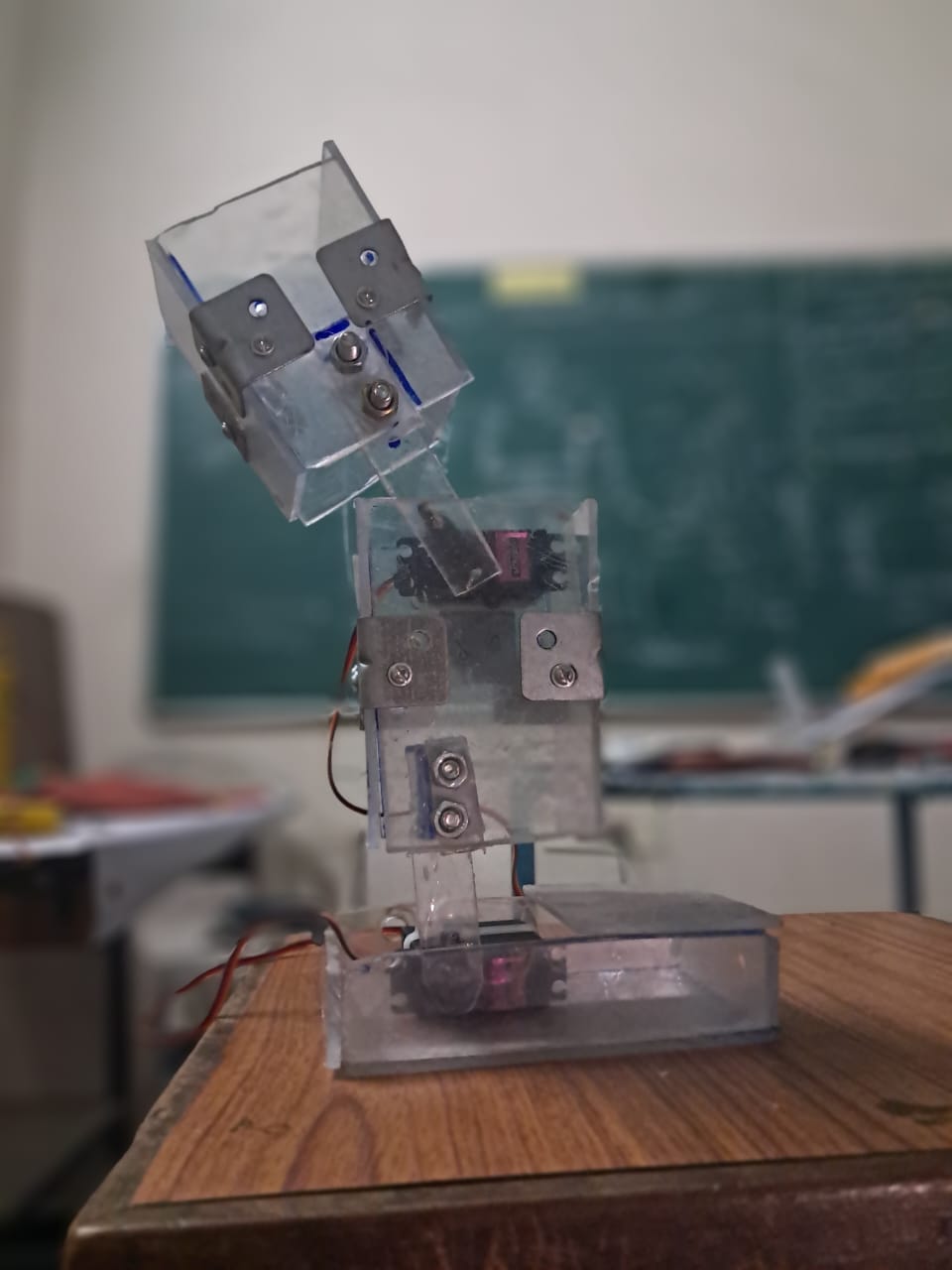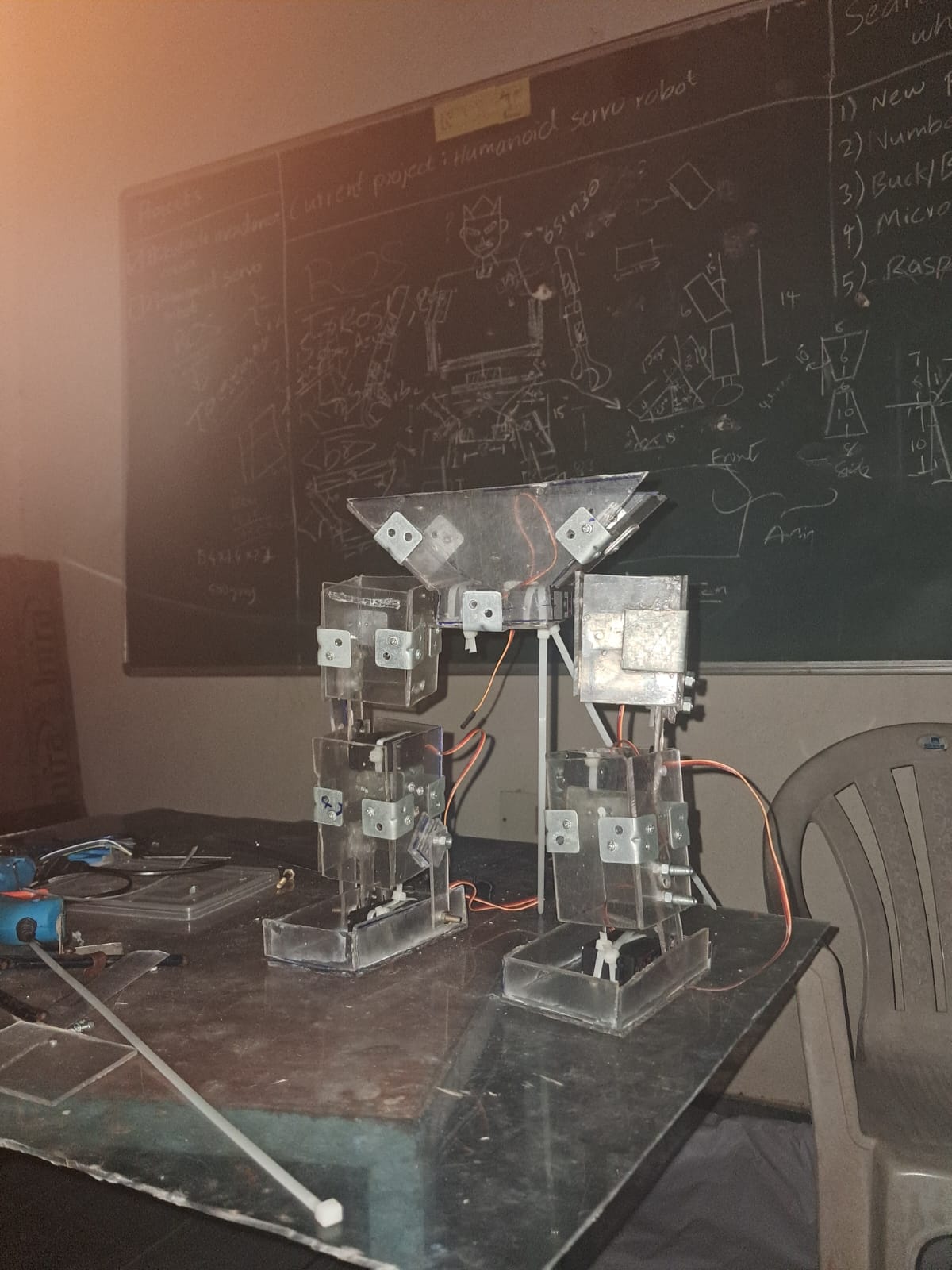

The Robotics Challenge-URSC 2024 (IRoC-U 2024) is an initiative by the Indian Space Research Organisation (ISRO) aimed at engaging students in the field of space robotics. This competition invites teams from educational institutions across India to design and build robotic rovers that will compete in a simulated extraterrestrial environment. The challenge focuses on fostering innovation in space robotics, enhancing educational development, and promoting collaboration between students and ISRO. Participants will construct a wheeled or legged rover capable of performing tasks that mimic the challenges faced in space exploration. Teams are evaluated based on various criteria, including design, functionality, and project management.
A Self-Balancing Robot is a type of two-wheeled robot designed to maintain an upright position through active control mechanisms. It uses sensors, such as gyroscopes and accelerometers, to detect its tilt and adjusts its motors in real-time to prevent falling. The robot operates on the principle of an inverted pendulum, where the center of mass is above the pivot point, making it inherently unstable. To achieve balance, it employs a closed-loop feedback control system, often utilizing Proportional-Integral-Derivative (PID) controllers. Self-balancing robots have various applications, including personal transport devices like Segways, service robots for navigation, and educational tools for teaching robotics and control systems. They exemplify advanced engineering concepts and provide insights into robotics and automation.
A Logistics Autonomous Bot is a robotic system designed to automate the transportation and handling of goods within supply chain and logistics environments. These bots operate with minimal human intervention, utilizing advanced technologies such as artificial intelligence, sensors, and navigation systems to efficiently navigate and perform tasks. They are capable of tasks such as transporting materials, sorting items, and palletizing goods, thereby streamlining operations and improving efficiency. Equipped with sensors like LiDAR and cameras, logistics autonomous bots can map their surroundings, detect obstacles, and navigate dynamically without human guidance. By automating repetitive tasks, they help reduce labor costs, minimize errors, and enhance safety in logistics operations. Overall, logistics autonomous bots are a significant advancement in supply chain automation, providing innovative solutions to improve productivity and operational effectiveness.


A Humanoid Robot is a type of robot designed to resemble and mimic human appearance and behavior. Typically characterized by a torso, head, arms, and legs, humanoid robots are engineered to perform tasks that require human-like interactions and movements. They often incorporate advanced technologies such as artificial intelligence, machine learning, and computer vision to enhance their functionality. Humanoid robots are designed with a body structure similar to that of humans, which allows them to navigate environments built for human use and interact with human tools. Many are capable of walking and maintaining balance, utilizing sensors like gyroscopes and accelerometers to achieve bipedal movement. Equipped with cameras and microphones, they can recognize faces, understand speech, and engage in conversations, making them suitable for social interactions. Advanced humanoid robots are designed to express a range of human emotions, enhancing their ability to connect with people on a social level. They serve various purposes across multiple industries, including healthcare, customer service, research, education, and disaster response. Humanoid robots represent a significant advancement in robotics, blurring the lines between human and machine while offering innovative solutions for a variety of applications.
Autonomous Sanitizing Bot are robotic systems designed to automate the disinfection of indoor environments. They utilize advanced technologies such as artificial intelligence, sensors, and navigation systems to efficiently navigate and sanitize spaces without human intervention. These robots employ various sanitizing methods, including fogging or misting disinfectant solutions, using ultraviolet (UV-C) light to kill pathogens, and electrostatic spraying of disinfectants. They can identify and focus on frequently touched surfaces and high-traffic areas to ensure thorough disinfection. Equipped with safety features like motion sensors, autonomous sanitizing bots minimize human exposure to disinfectants or UV light during operation. They also provide detailed cleaning reports and real-time alerts for monitoring the sanitization process. Overall, these robots enhance cleaning efficiency, improve safety, and offer cost savings while maintaining clean and safe indoor environments.
The Flex drone is designed to maximize versatility and efficiency, making it an ideal solution for a variety of tasks. Its ability to switch between flight and ground movement allows it to access areas that may be challenging for traditional drones or ground vehicles. For instance, it can fly over obstacles and then land to navigate through tight spaces or uneven terrain. This capability is particularly beneficial in applications such as search and rescue operations, where quick access to different environments is crucial. Additionally, the Flex's advanced navigation system ensures precise control and stability, whether in the air or on the ground, making it a reliable tool for both commercial and recreational use. With its innovative design, the Flex represents a significant step forward in the evolution of multi-modal robotic systems.